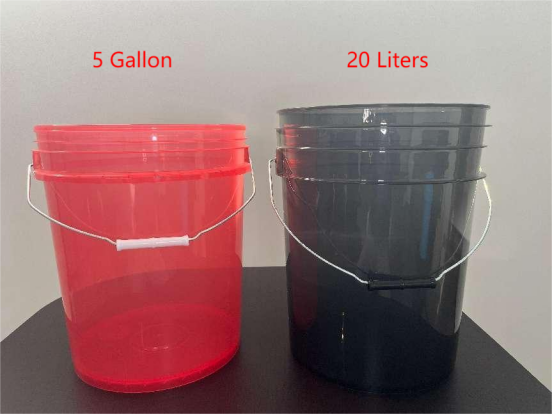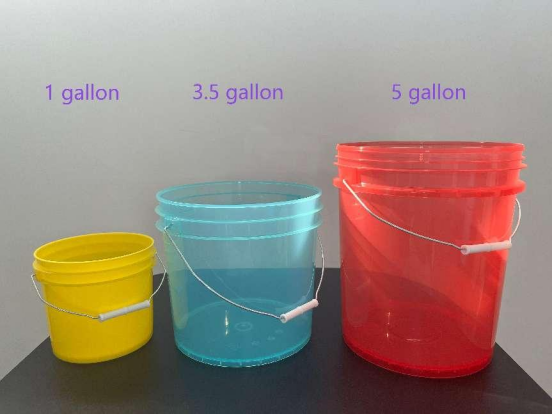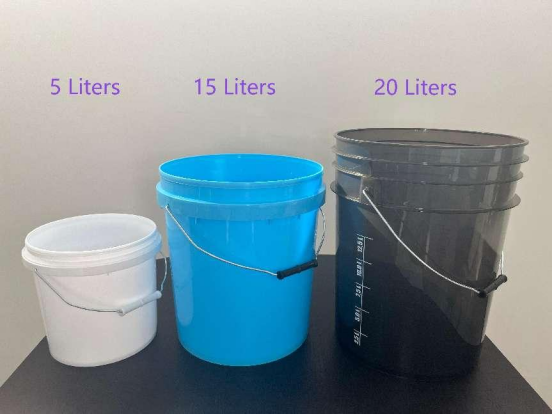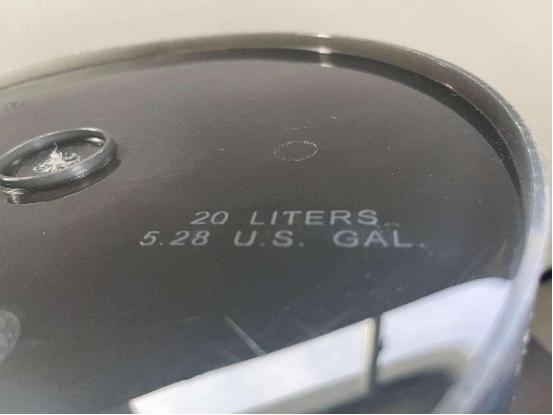When acquiring plastic or metal buckets for your business, it is critical to understand the changes in capacity measurements among countries. Some nations use the imperial system, which includes gallons, quarts, and pints. Other nations use the metric system, which has liters and milliliters.
These differences in measurement standards may confuse when comparing industrial heavy-duty bucket sizes, especially if you’re dealing with suppliers or consumers across nations.
For a common example, a 5-gallon bucket in the U.S. is nearly 19 liters in Europe, but how it’s labeled depends on the local system.
At Innopack®, we recognize the need for clear communication in this global market. Our product line can satisfy businesses worldwide by offering flexible options in gallons and liters.
In this article, we’ll explain the key differences between these measurement systems, explain how to convert between them, and help you choose the right capacity for your packaging needs,
no matter where you’re located.
What is an Imperial System?
One is the “Imperial System”; you may be wondering what that is.
Looking for roots, the Imperial System was founded in Britain in 1824. It is a unit of measurement used to determine capacity consistently.
This system measures volume in gallons, quarts, and pints. The imperial gallon had adjustments when America gained independence. The standard US gallon is based on the Queen Anne wine gallon, which measures 231 cubic inches and is approximately 17% smaller than the British imperial gallon.
(photo:Innopack® produced U.S. Gallon 1gal,3.5gal,5gal Plastic pails)
Which Countries are using the U.S. Gallon?
Plastic drums, buckets, and other containers are measured in several nations nowadays using “U.S. Gallon”:
- USA
- Dominican Republic,
- Haiti,
- Belize,
- Guatemala,
- Honduras,
- Nicaragua,
- Colombia,
- Ecuador,
- Peru,
- Marshall Islands,
- Federated States of Micronesia,
- Palau,
- Liberia.
If you’re doing business with companies in the U.S., you’ll often find capacities labeled in these terms.
What is Metric System?
Metric System measures liters and milliliters of liquid capacity. Unlike the imperial system, which utilizes many units, the metric system depends on basic, constant measurements based on powers of “Ten”, therefore simplifying conversions between units. One liter, for instance, equal 1000 milliliters. Common bucket sizes in this system might be 10-liter or 20-liter containers, which find wide application in sectors including food packaging globally and other metric-based markets.
Understanding these two systems is important when trade plastic or metal bucket in international markets, as misinterpreting capacity can lead to confusion or incorrect orders. By recognizing which system your target market uses, you can ensure better communication and more accurate product specifications.
(photo: Popular 5L,15L,20L Plastic buckets in Innopack®)
Which Countries are using the Metric System (Litre)?
Metric System in Volume measurements are distribute more wide area in the world. Here are most popular countries using “litre” in Bucket Units:
- China
- Australia
- Russia
- UK
- France
- South Africa
- Spain
- Turkey
- New Zealand
- Japan
- Korea
Key Bucket Sizes in Different Units
Here’s a list to help you understand how numbers differences between “Liters” and “gallon” in buckets:
(Common U.S. Gallon Sizes Bucket convert to Liters)
(common liters Bucket convert to U.S gallon)
One of the most often used sizes in the United States, a 5-gallon bucket has metric units of 18.93 liters. Particularly in the United States, this size is common for domestic, agricultural, and industrial uses. On the other hand, nation such as UK and Australia adopting the metric system may use a 10-liter bucket, which equals roughly 2.64 gallons.
How Innopack® Helps Bridge the Gap?
At Innopack®, we understand the importance of catering to a global container packaging market that uses different measurement systems. We ensure our product descriptions and specifications are clear and easy to understand. Whether our customers are in the U.S., Europe, or anywhere else. We provide detailed information about bucket capacities in both gallons and liters, allowing businesses worldwide to quickly find the size that suits their needs.
(photo: Innopack ® 20 Liters buckets prints both Gallon and Liters measurements for capacity)
Our OEM and ODM buckets manufacturing services provide great flexibility. With 27 years of experience, we are an injection molding factory. We make products based on your specific needs, like sizes, colors, shapes, and labels. This applies whether you need gallon or liter measurements.
We now have 146 precise molds that cover 20L plastic buckets, 1-gallon to 7-gallon plastic pails, and metal tin buckets. All these different molds could help in manufacturing high-quality containers. Regardless of their location, customers can receive the exact bucket size they need for their industry.
For further information or to ask about particular bucket sizes, kindly do not hesitate to get in touch with us. Contact us today for a sample or personalized assistance in determining the best solution for your business!







